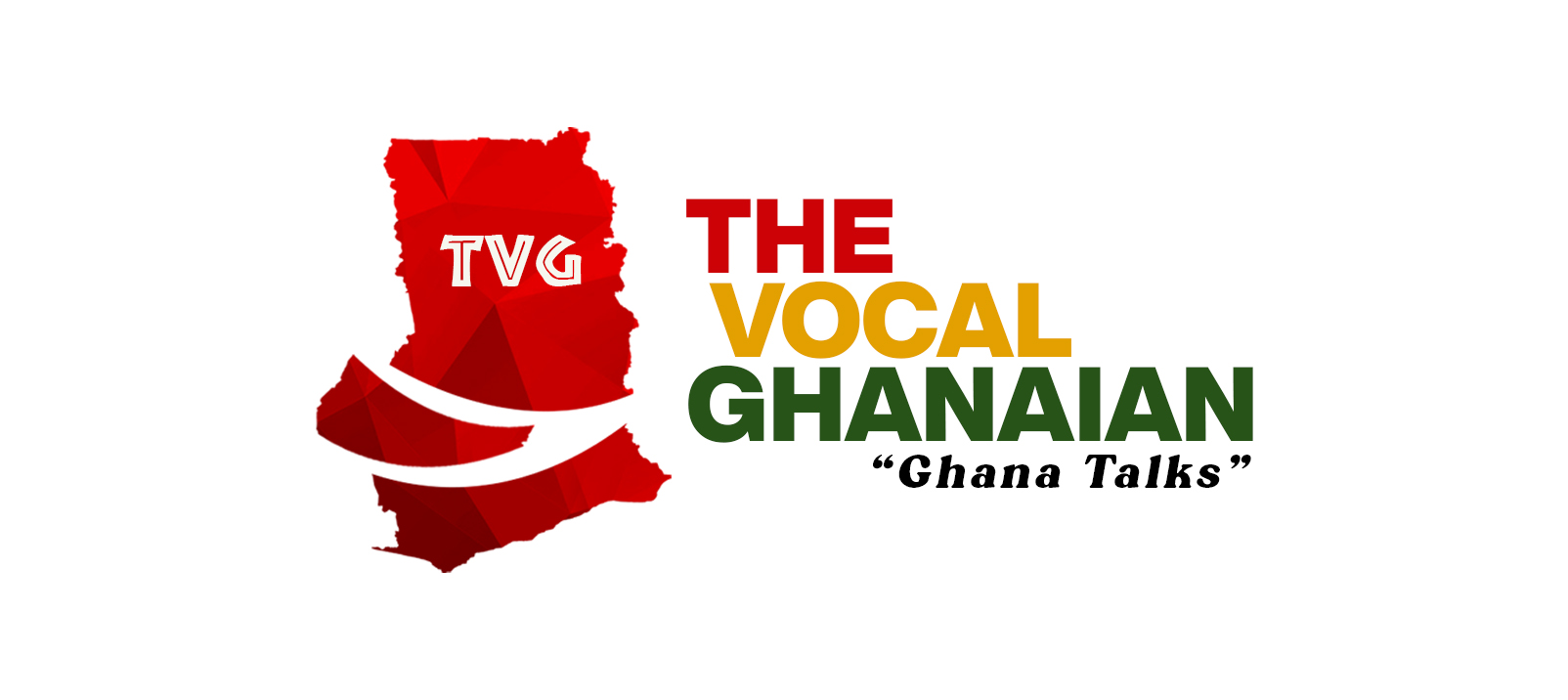The deployment of the first malaria vaccine in Africa from 2022–2025 would get $160 million in international backing, according to a July 21, 2022 announcement from Gavi, the global vaccine alliance. The World Health Organization (WHO) applauded the decision and referred to it as “historic.”
According to the United Nations health agency, increased vaccination access will make it easier for children who are at a high risk of malarial disease and death.
Child Mortality in Africa and Malaria
In sub-Saharan Africa, malaria continues to be the most significant cause of sickness and mortality in children. In 2020, malaria claimed the lives of approximately 500,000 African children, or one child every minute.
According to WHO, approximately 241 million malaria cases were reported in 2020, and four African nations were responsible for slightly more than half of all malaria deaths globally. These were Mozambique (4.1%), Tanzania (4.1%), the Democratic Republic of the Congo (13.2%), and Nigeria (31.9%). (3.8 per cent).
According to the World Malaria Report 2021, incidences in the WHO Africa region also accounted for the majority of the 14 million increase in malaria cases.
The pilot program was chosen for Kenya, Ghana, and Malawi because despite having effective prevention and vaccine programs, these countries nevertheless experience high rates of malaria cases. The vaccine has helped 1.3 million children in various African nations up to this point.
Anticipated High Vaccine Demand
There is a lot of interest in the malaria vaccine in countries where the disease is endemic, and it is anticipated that demand will surpass the vaccine’s present supply. Although the demand is expected to exceed 80 million doses yearly, current production estimates for vaccines range up to 15 million doses annually.
For countries that are presently testing the vaccine and for which maintaining the vaccine program continuity is a top priority, Gavi is opening its first application window for support with a September 2022 deadline.
The work towards a malaria vaccine has been long and hard. Today we begin a new chapter: alongside existing interventions, this new tool will allow us to save more lives in countries hit hardest by this killer disease.
Seth Berkley, chief executive of Gavi
The malaria vaccine’s supply is constrained when vaccine production picks up, as it is with many other new vaccinations. The existing estimations projected that approximately 25 million children born each year in areas with moderate to high malaria transmission would require more vaccines than the original supply could provide.
An annual demand of between 80 and 100 million doses is predicted.
In response to the shortage, WHO has created a system to direct vaccine allocation choices at the international and national levels, ensuring that children in endemic countries who are most at risk are given priority to get the vaccine.
Children aged five months and older should receive the malaria vaccine in a regimen of four doses, according to the World Health Organization.
Through market-shaping, increasing production capacity, and promoting the development of additional first-generation and next-generation malaria vaccines, WHO, Gavi, and partners are striving to expedite RTS,S supplies.

